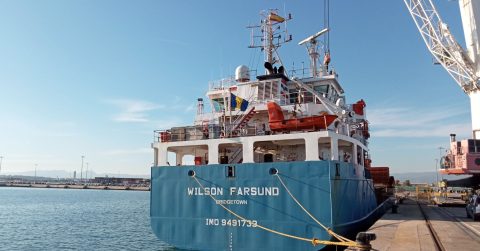
There is optimism in European shortsea sector as summer lull approaches
Photo: Wilson ASA
European shipowners active in the shortsea sector are still quite positive about the current state of the market, while bracing for the weakening market in the coming weeks.
Want to read more?
Register now to read more premium articles.




